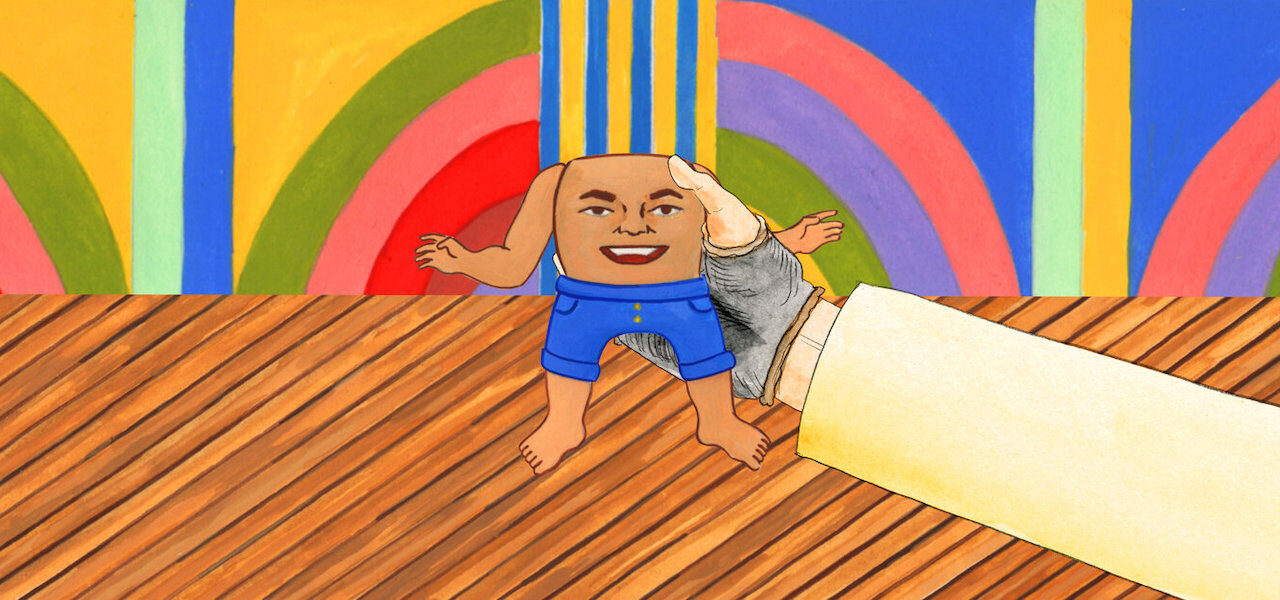

‘Cryptozoo’ Review Roundup: Simple Script Can’t Match Wild Visuals
Today sees North America’s most interesting indie animated release in some time. Dash Shaw’s Cryptozoo caught our eye at Sundance, where it won an award; on Wednesday, we premiered an exclusive clip. And now, through Magnolia Pictures, it’s out both in theaters and on video on demand.
Set in a world where mythical creatures are real, Cryptozoo portrays a clash between self-appointed protectors of the beasts and those who wish to exploit them to violent ends. Shaw wrote and directed the film, a follow-up to his feature debut My Entire High School Sinking Into The Sea. Jane Samborski served as animation director.
Cryptozoo has received mixed-to-positive reviews, with many critics praising the ambitious design while critizing the relatively flat script. The film currently holds a 71% critics’ score on Rotten Tomatoes.
Writing in The Los Angeles Times, Justin Chang echoes many critics by arguing that the storytelling lacks complexity:
At times you might wish that Cryptozoo were even more narratively adventurous and unhinged, that its neatly plotted story was as experimentally inclined as its visuals, which sometimes judder like a flipbook and sometimes turn deliriously kaleidoscopic. For all its gestures at moral ambiguity, Shaw’s script is a mostly blunt, simple, declamatory affair. Even the less predictable characters — like a wily faun, Gustav, who runs an underground sex club and sells out his fellow cryptids on the black market — are used to fairly predictable ends.
Slant’s Jake Cole agrees, singling out the ending for criticism, yet still finds much to admire in the film:
Cryptozoo sets up this irreconcilable moral conundrum, of seeking to protect cryptids while profiting off of them, only to abandon it in favor of a final act that adopts the tenor of an apocalyptic action film as military forces descend upon the park to seize its denizens. It’s a frustratingly simplistic arc for what could have been a more incisive commentary on the greed that often undergirds ostensibly noble endeavors of world improvement.
Nonetheless, Shaw’s rendering of a world caught between the quotidian and the impossible, to say nothing of his interspecies erotica, is consistently striking …
For The A.V. Club’s Noel Murray, the problem is not just the writing, but also the voice acting:
And so much of Cryptozoo consists of a ploddingly paced cross-country baku-hunt, culminating in a long sequence where the humans try to survive on an island overrun by uncaged cryptids. Like My Entire High School Sinking Into The Sea, the movie mostly features deadpan, almost monotone voice performances, presumably meant to heighten the surreality by serving as a contrast to the bizarre images. But while that approach worked reasonably well in an absurdist high school action-comedy, it deadens the tone in this much more earnest and spectacle-driven project.
Reviewing the film out of Sundance for Variety, Jessica Kiang put a more positive spin on the script’s simplicity:
The drawing style is more mature — the lines slenderer, the transitions more inventive, the watercolored hues richer and more strange, featuring mottled mossy greens, dusky pinks and cloudy blues. But the storytelling retains a childlike, sometimes childish quality, a naivete that can be frustrating and often rather enchanting.
The New York Times’s Beatrice Loayza is even more enthusiastic, enjoying the story, score, and animation alike:
Yet Cryptozoo stands out as an aesthetically ambitious undertaking, seducing viewers with its hypnotizing hand-drawn animation and John Carroll Kirby’s pulsing electronic score. The story is interestingly windy enough, but it’s these otherworldly sounds and fluidly surreal, pastel-colored images that will leave you entranced.

